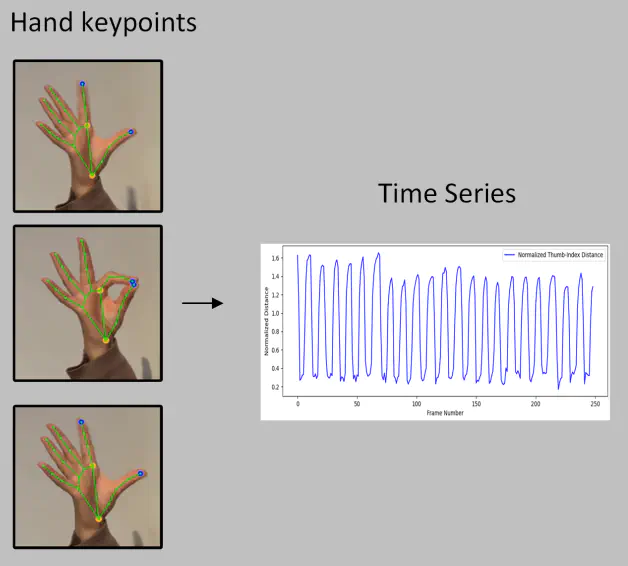Modelling fast vs. large/precise movements
Modelling the trade-off between either precise, large, or fast execution of behavioural tasks

Context
Behavioural tasks are used frequently to assess motor abilities. Examples are hand movement tasks used to monitor the progress of a motor disease like Parkinson’s, or the use in fundamental research. Many of these tasks are simple, repetitive movements. The instruction given to patients often states to execute them “as fast and as large as possible” or “as fast and as precise as possible”. The nature of these tasks, but also the disease investigated often prevent the patient to fulfill both requirements, “fast” and “large/precise” at the same time. In practise, a trade-off needs to be made between those conflicting goals. In many clinical evaluations, it is left to the patient, how this trade-off is shaped.
Research question
To better understand the trade-off decisions made by patients with Parkinson’s disease, would like to understand better this trade-off for a number of different hand motor tasks. Thus the research question is:
What characteristics do models show, that describes the trade-off between either fast vs. large, or fast vs. precise movement executions.
Skills required:
To answer this research question, it is necessary to record hand movement tasks on video while different trade-offs are chosen. Then points of interest (e.g., joint positions) are extracted from the video data using pre-trained deep neural network models, before these features can be used to build models of the corresponding trade-offs.
- Machine learning background
- Good programming skills in Python (familiarity with numpy, sklearn, at least one popular deep learning framework).
- Good mathematical background and intuition.
- Experience in the modelling of data.